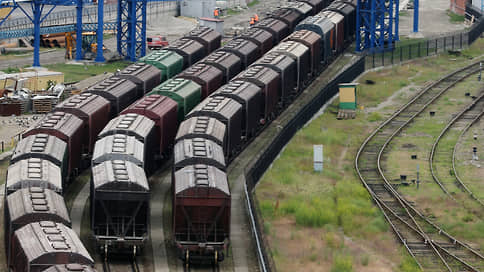The rental rate for grain trucks has risen sharply since the start of the new harvest.
[ad_1]

Rental rates for grain trucks show a sharp increase: in August they exceeded 4 thousand rubles, and in September they increased by another 25%. At the same time, the factory price of a new car, the purchase of which could serve as an alternative to leasing, reaches 7 million rubles. Grain market analysts note an insufficient level of investment in the purchase of fleets and low competition among operators in this segment, as well as a decrease in the availability of vehicles, aggravated by a shortage of drivers.
Rental rates for grain trucks went up with the start of the new harvest, surpassing the 4 thousand ruble mark. per car per day in August and having increased by another 25% in September, according to the report of the Operators Information Center (IOC)^ “Despite the high level of rates, twice as high as last year, the start of a new harvesting campaign may lead to their further growth. Average daily grain loading in August increased by 25% compared to July and by 53% compared to last year. In September, growth continued by 3% on an average daily basis compared to August and 32% by September 2022.” The situation is aggravated by the shortage of vehicles, which are involved in the removal of crops from new territories, the ISC adds.
General Director of the Institute for Agricultural Market Studies Dmitry Rylko adds that statistics in recent months show a record or close to a record supply of grain by rail for export, associated with a huge harvest. Sovecon estimated the wheat harvest last year at 104.2 million tons, this season at 91.6 million tons. The share of road transportation has noticeably decreased in recent years due to the fight against overload, and is now aggravated by a shortage of drivers, the expert said.
Participants in the grain market have been talking for many months about difficulties in obtaining railcars, Sovecon wrote in a review in September. Sovecon director Andrei Sizov believes that to fundamentally change the situation, we need “completely different competition among grain truck operators” and new investments in cars, which “is not yet in sight.” According to him, ultimately, the rise in logistics costs further worsens the situation of farmers, especially in regions remote from ports. The more expensive the transportation, the lower the purchase prices, the expert explains. The head of the Union of Grain Exporters, Eduard Zernin, clarifies that prices for grain trucks have approached 6.5 million rubles. without VAT.
It is the cost of the fleet that ISC analysts single out as a driver for the growth of operating rates for the market as a whole. “The current situation in the freight transportation market changes the prevailing idea that an increase in loading determines the preconditions for an increase in the cost of wagons, while confirming the relationship: high prices for new wagons in anticipation of write-offs until 2030 significantly stimulate the growth of rental rates,” notes the ISC.
Loading over the nine months increased by 0.6%, to 926.8 million tons, in September – by 0.2%, which does not explain the jump in rates. According to ISC estimates, by 2030 inclusive, 195 thousand cars should be written off, including 108.1 thousand gondola cars, 46.4 thousand tanks, 3.3 thousand fitting platforms and 1.3 thousand grain carriers. Purchasing prices for these types of rolling stock have already increased very strongly: now, notes the ICO, a standard gondola car is available for contracting at a price of 4.5–6.5 million rubles, an innovative one – 6.2–7.5 million rubles, a tank car – 4.6–7.2 million rubles, fitting platform – up to 5.2 million rubles. (80-foot), grain carrier – 5.2–7 million rubles.
The increase in the rate for providing grain carriers is truly anomalous, the profitability of operating grain carriers on the spot has reached 5 thousand rubles, and the rental rate for newly concluded contracts has approached 4 thousand rubles, says the head of Infoline-Analytics, Mikhail Burmistrov. In his opinion, high prices for wagons and high capacity utilization of factories are indeed one of the supporting factors for rental rates, however, in the case of grain carriers, the main reasons for the increase in rates are the high cargo base and limited capacity of elevators, instability in the Black Sea region and the difficult situation in networks of Russian Railways in the southern port area, as well as a shortage of locomotives and a critical shortage of line personnel of Russian Railways.
[ad_2]
Source link





